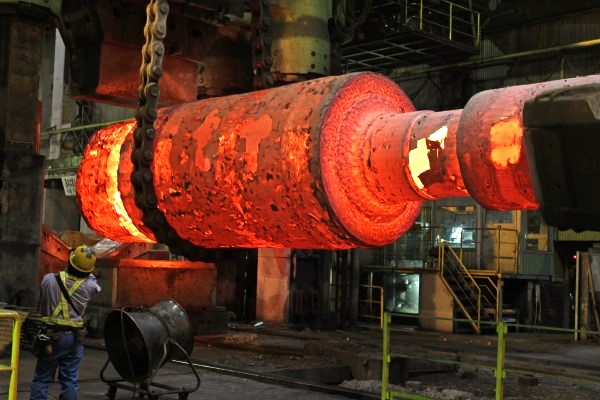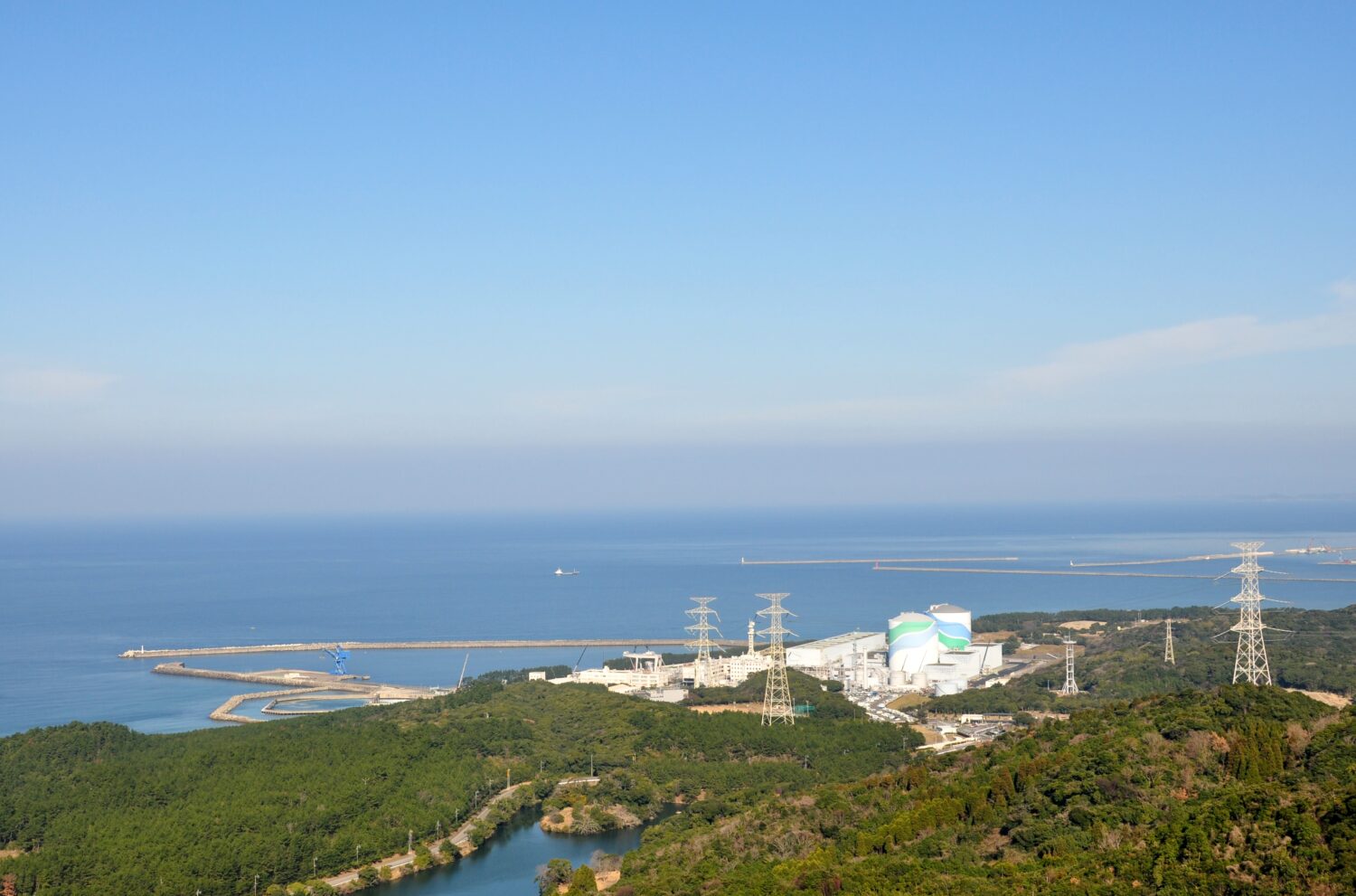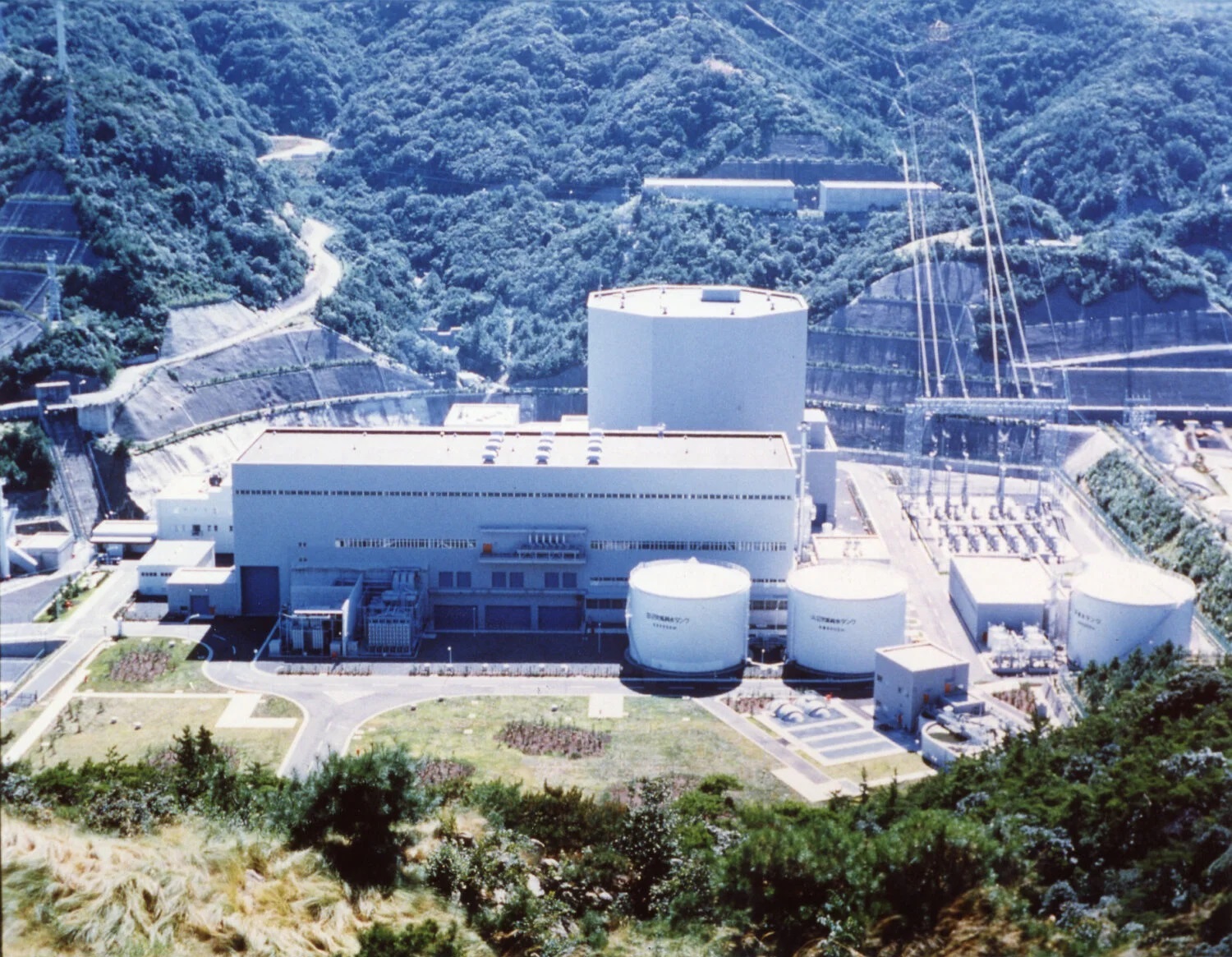At the initial briefing session, Chairman Shunichi Tanaka of the Nuclear Regulation Authority (NRA) delivered his keynote address. He said that since Japan’s new regulatory standards came to effect in July 2013, the NRA has held compatibility examination meetings more than 200 times after receiving applications from the power companies.
Saying that heavy burdens were to be borne by both NRA, as the regulator, and the nuclear operators, he stressed that the two sides have reached a certain level of common understanding, indicating his partial satisfaction with the current situation.
He also referred to the open meetings that his organization has held with the presidents of all of Japan’s power companies to exchange views. Tanaka said that they have served as valuable opportunities to pursue improvements to nuclear safety apart from normal examination proceedings.
Now that the first round of those open meetings has been completed, Tanaka said he expected JANSI to take the initiative in continuing substantive discussions on the matters.
Several panel discussions were held after the keynote address, including one on “what the Japanese nuclear industry needs to do.” Chairman Shigeyuki Koide of the Japanese Association of Science and Technology Journalists (JASTJ) referred to how the March 2011 nuclear accident at the Fukushima Daiichi not only caused the collapse of communities in the region, but also triggered various unfounded fears and rumors.
His viewpoint was that society should be more closely connected to science and technology. He cited the lack of communication as the “biggest reason” that society has lost trust in science and technology.
Touching upon the same issue, President Akira Chiba of the Shikoku Electric Power Co. explained his company’s so-called “Ikata Method,” whereby it immediately reports all incidents at his company’s nuclear power plants to local communities (except for normal working status reports).
He added that he has made it his personal mission to “think from the perspective of society” ever since the commissioning of the Ikata NPPs (Ikata-1 in 1977, Ikata-2 in 1982, and Ikata-3 in 1994).
Meanwhile, President Tomohide Karita of the Chugoku Electric Power Co., looking back at his firm’s poor handling of maintenance practices revealed in 2010 at the Shimane NPPs, said that there was a “gap in thinking” on safety between engineers and the public. He emphasized the importance of “efforts to be understood using one’s own words.”
Next to speak was President Michiaki Uriu of the Kyushu Electric Power Co., who said that he had conveyed the message to everyone in his company that that “there is nothing for us to change,” referring to the recent favorable court decision denying a temporary injunction against restarting the Sendai NPPs.
He emphasized that Kyushu Electric Power would continue striving for dialogue with local communities based on the so-called “my plant” awareness, referring to the effort to make workers feel closer to and more responsible for the reactor facilities under their care.
In a panel discussion on improving crisis responses, Executive Vice President Naotoshi Yoshikawa of the Central Japan Railway Company spoke about the measures adopted by his company to protect the Tokaido Shinkansen (bullet train) against earthquakes and tsunamis, based on the lessons learned from the giant earthquake of March 11, 2011. His comments were seen as having value to the nuclear industry as well.
Finally, JANSI Chairman Shojiro Matsuura urged nuclear operators to conduct drills in preparation for nuclear emergencies. He referred to his own mountain-climbing experiences, comparing nuclear responses to those made during alpine accidents.











-013.jpg)







